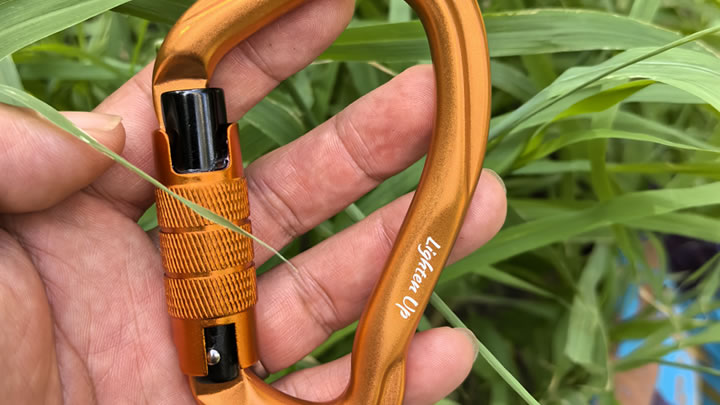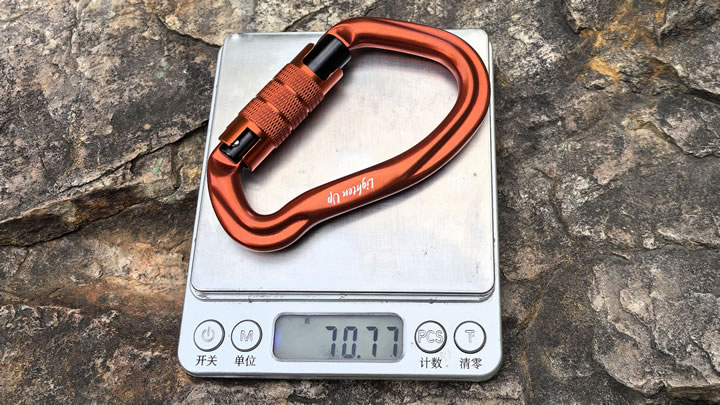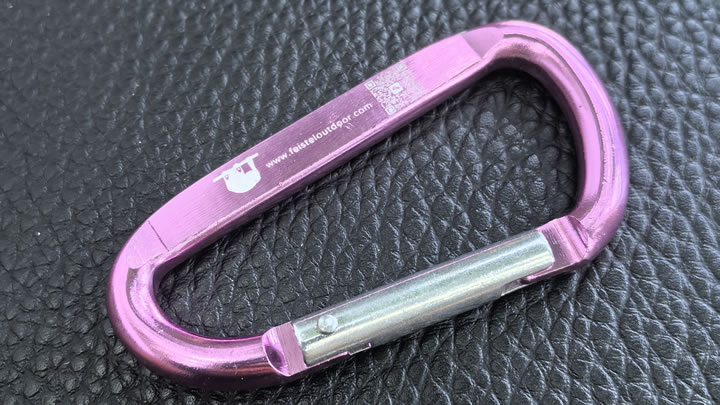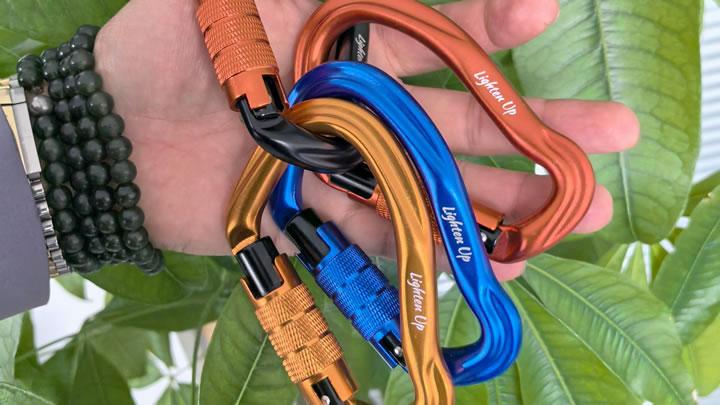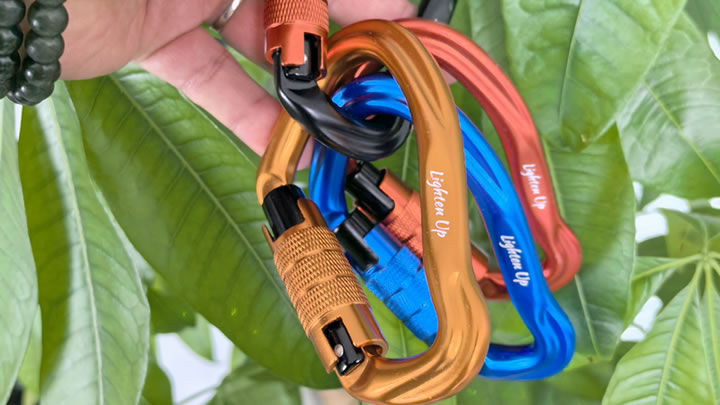How often should climbing carabiners be replaced?
Climbing carabiners are engineered to save lives, but they aren’t immortal. Unlike ropes or slings, carabiners lack a fixed expiration date—their lifespan hinges on usage patterns, environmental stress, and meticulous inspection habits. Ignoring wear signs can turn a $20 piece of metal into a fatal liability. Here’s how to decide when to retire your gear.

The 5 Non-Negotiable Retirement Triggers
Replace carabiners immediately if you spot:
- Deep grooves or notches: Visible indentation ≥1mm depth (per UIAA Visual Inspection Standard).
- Gate malfunction: Sticking, wobbling, or failure to self-close.
- Cracks or deformation: Especially near the spine or nose.
- Corrosion: Pitting, discoloration, or rust (common in coastal/industrial areas).
- Chemical exposure: Acidic substances (e.g., battery leaks) weaken aluminum alloys.
Lifespan by Usage Intensity
| User Type | Avg. Lifespan | Key Risk Factors |
|---|---|---|
| Professional Guide | 2-3 years | Daily falls, sand/grit abrasion |
| Sport Climber | 5-7 years | Frequent lead falls |
| Casual Gym Climber | 8-10+ years | Low-impact top-rope use |
| Ice Climber | 3-4 years | Freeze-thaw cycles, crampon strikes |
Note: Steel carabiners last 50% longer than aluminum but add weight.
The Hidden Killer: Micro-Fractures
Even "pristine" carabiners can fail. UIAA lab tests show:
- Cyclic loading: A carabiner surviving 10,000+ falls can develop internal cracks undetectable to the naked eye.
- Material fatigue: Aluminum alloys lose 10-15% strength after 5 years of moderate use.
Use a 10x magnifying glass to inspect high-stress zones:
- Gate hinge points
- Spine-rope contact areas
- Belay device attachment points
When to Retire After a Fall
Not all falls demand retirement. Use this force-based guide:
- <5 kN (typical lead fall): Inspect but no immediate replacement.
- 5-10 kN (factor 1+ fall): Retire non-steel carabiners; check steel for deformation.
- >10 kN (rare, severe impact): Discard immediately—even if undamaged.
Pro tip: Use a load cell (e.g., DMM Impact Block) to measure fall forces.
Brand-Specific Durability Data
Independent lab tests reveal lifespan variations:
- Petzl Spirit: 12,000+ gate cycles before wear.
- Black Diamond HotWire: Fails gate tests after 8,000 cycles.
- Edelrid Strike SL: Steel models resist corrosion 3x longer than aluminum.
The 60-Second Inspection Protocol
- Visual scan: Under bright light, rotate to check all surfaces.
- Gate test: Open/close 10x—smooth action is mandatory.
- Tap test: Lightly tap with a metal key—a dull thud hints at cracks.
- Rope drag check: Run a nylon cord over edges; snags indicate sharp burrs.
Why “It Still Works” Is a Deadly Myth
A 2023 UIAA accident analysis found:
- 62% of failed carabiners showed pre-existing damage ignored by users.
- 41% of gym climbers used carabiners older than 8 years.
- Corrosion-related failures spiked 200% in coastal regions.
Eco-Friendly Disposal Guide
Don’t trash retired carabiners—repurpose them:
- DIY keychains (drill a hole to disable the gate).
- Art projects: Local climbing gyms often collect gear for installations.
- Recycle: Aluminum carabiners are 100% recyclable at metal facilities.
Expert Wisdom
“Replace your carabiners like you replace your phone—not when they break, but when they stop performing optimally.”—Lynn Hill, Legendary Free Climber
The Bottom Line
Your carabiner’s lifespan depends on your discipline, not the calendar. Adopt a “when in doubt, swap it out” mentality. Pair rigorous inspections with honest self-assessment: If you’ve taken whippers, climbed in salt spray, or simply trust a carabiner less, retire it. As the old climbers’ saying goes: “The best carabiner is the one you’ll never have to doubt.”

